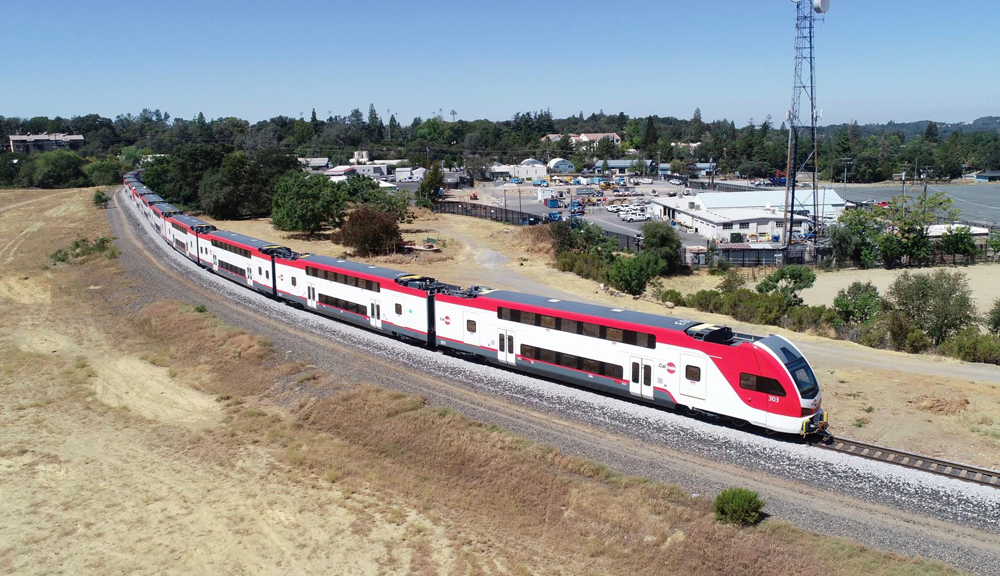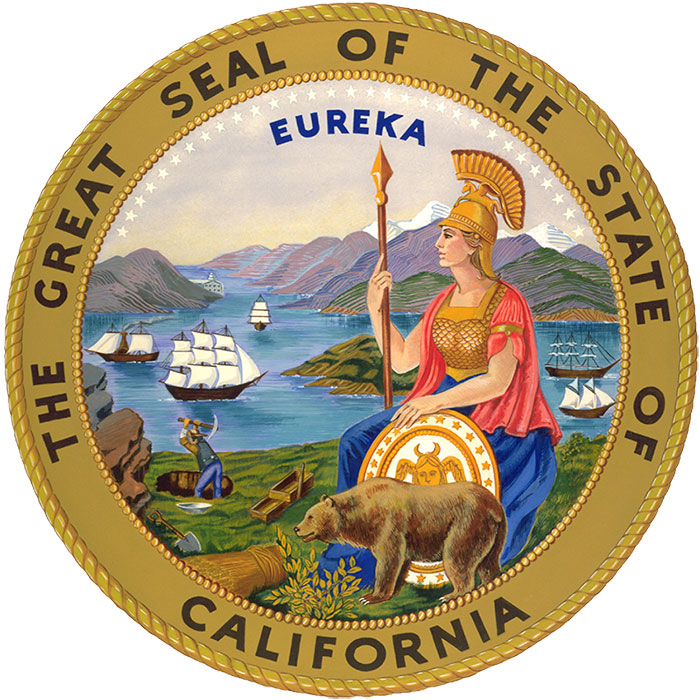
SAN JOSE, Calif. — One of the two major power substations for the Caltrain electrification project has been energized for the first time, a milestone that will allow testing of equipment at Caltrain’s San Jose facility and on a portion of the San Jose-San Francisco corridor.
The Caltrain Traction Power Substation in San Jose was energed by Pacific Gas & Electric over the weekend, the commuter operator announced.
“This is a critical step forward in the Caltrain Electrification project, signifying power availability along a six-mile stretch of the corridor between Santa Clara and San Jose,” Caltrain Acting Executive Director Michelle Bouchard said in a press release. “… Availability of power will enable us to begin testing and commissioning the overhead contact system and new EMU trains. We want to thank PG&E for their help and coordination with this complex undertaking.”
The major substations in San Jose and South San Francisco, along with eight smaller substations, will allow Caltrain to switch from diesel-hauled trains to electric multiple-unit trainsets being built by Stadler at its plant in Salt Lake City.
Caltrain continues to install poles and wires on other portions of the corridor, while embarking on a public outreach campaign about safety along the electrified route. The electrification project is expected to be completed in 2024.














California announced a new initiative where they are going to produce covers for all of their canals that have photovoltaic’s built in. It will produce power and reduce evaporation rates while the water is transported.
Hey guys? All of you?
Those kids are on your lawn. Each and every one of your lawns.
So many negative nancys.
Nothing will ever replace coal fired steam locomotives. It’s a waste of time to try anything else…………………..
Southern Cal will be running out of electricity, soon. Diesels will be banned, soon. Soon, donkeys and wind sails will be powering the commuter lines. (Sarcasm, with a hint of reality.)
We will soon only have electricity available between 10:00 AM and 4:00 PM as long it is not too cloudy, or raining (which given CA’s absence of rain should be most days).
Sorry Chris, donkeys and horses were banned for transportation inside city limits in 1910. Seems they cause an environmental problem with an over abundance of flies!
Mr Boza and Mr Rice.
How about digging a trench between the tracks and installing a wire rope!☺
Truly a solution from the past!
And we could install a water wheel in the Pacific Ocean to catch the ocean current. And to deal with the long gone draft animals have it belt driven by the belts made from the skins of those long gone draft animals! LOL
Great Photo!
So a start for electrification, but what about all those So Cal commuter lines. Are they going in 2035?
There is talk, but nothing yet(?). The immediate concern is getting run through tracks at LAUPT and ensuring there are four tracks from BNSF’s Hobart Yard and Fullerton Jct. Both projects will benefit HSR. Two will be for passenger (Amtrak, Metrolink and future CA HSR) and two for freight. HSR is scheduled to connect with the Bay Area first, then with LA. The route to LA – specifically from Palmdale to San Fernando – still needs to be decided. Until that happens, I do not foresee SCRA (Metrolink’s parent) starting to electrify their routes.
The San Francisco-San Jose line is owned by Caltrains, a government agency.
In the Los Angeles area most of the tracks are owned by either UP or BNSF, private railroads. Both BNSF and UP run tall double stack intermodal trains, that barely fit under existing bridges.
Owning your tracks makes a difference.